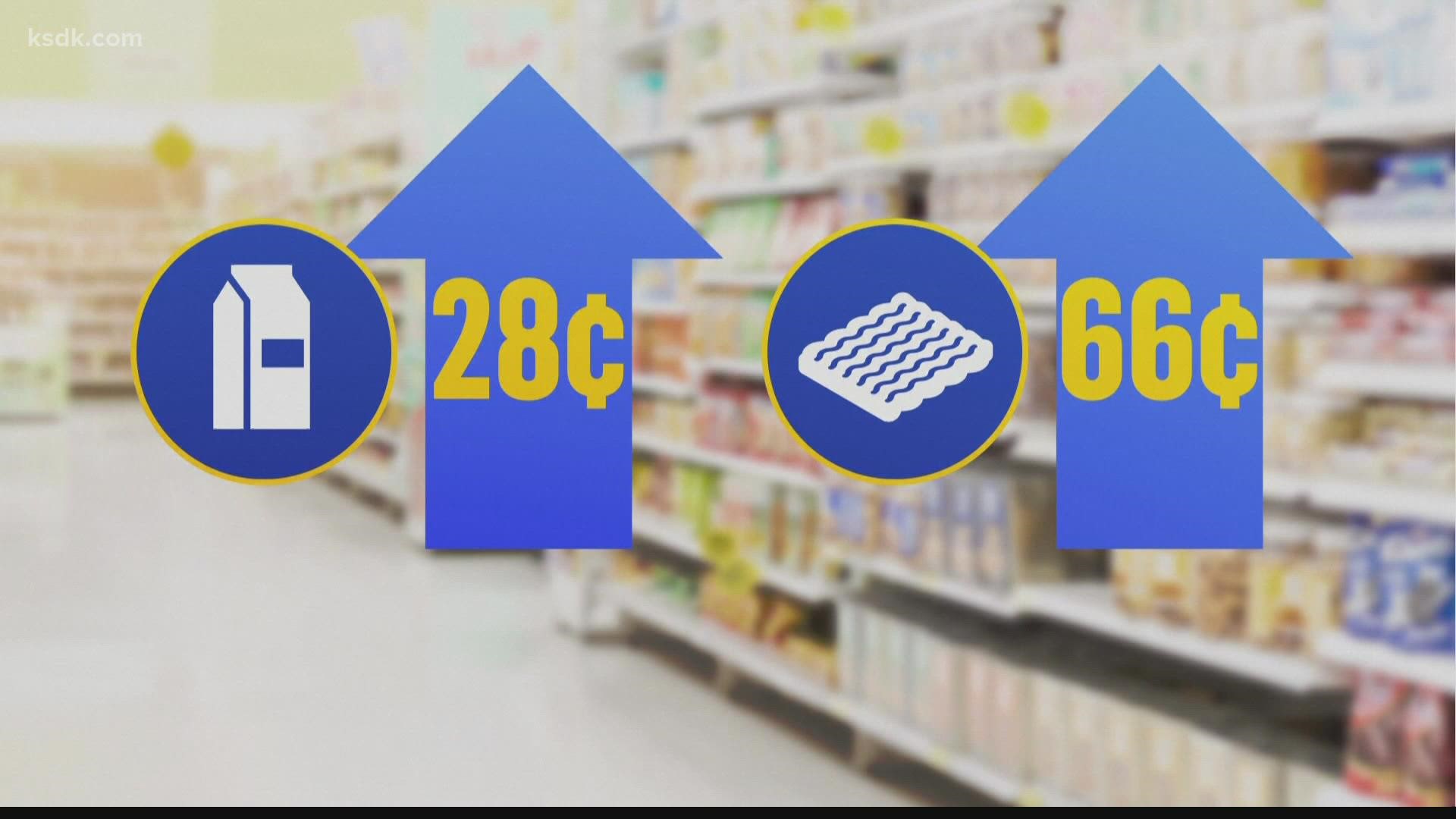ST. LOUIS — As we near the holidays, many of us are learning a new term: supply chain.
Logistics experts and academics like UMSL'S George Zsidisin have been keeping an eye on the supply chain for years. But now, with unprecedented shipping disruptions and rising cost of goods hitting our wallets, the term is mainstream.
"Global supply chain has never been so interesting to me as it has this year," said Shawntá Ray of Happy Up Inc., a toy store with locations in Clayton and Edwardsville.
"When COVID hit, it completely changed the way we think about supply chain," said George Zsidisin, Director of the Supply Chain Risk and Resilience Research at UMSL.
Zsidisin said you can't point to one reason for the supply chain chaos. It's being described as the perfect storm: higher demand, lulls in production due to COVID shutdowns, labor shortages and trade and tariff issues.
The bottlenecks in the global supply chain are helping drive up inflation. Currently, we're seeing the highest year-to-year spike in more than 30 years.
"When we're used to having approximately $3,000 to $4,000 to pay per container to be shipped and now we're looking at spot rates of close to $20,000, that's going to have a direct impact on the price of goods for consumers," said Zsidisin.
Despite the bleak headlines that say practically everything is more expensive than a year ago, Zsidisin is impressed with how businesses have responded to the supply chain challenges. He points to companies still able to pump out products and provide services in these unprecedented times.
"People have worked their behinds off and done a phenomenal job. I thought it would be a lot worse once COVID hit," said Zsidisin.
Zsidisin said he's optimistic about supply chains working out the kinks and bottlenecks.
"Once you have that disruption that occurs within a flow, it takes a period of time to get everything back running again. It's going to take a few more months before we get through all the bottlenecks," Zsidisin said.
Zsidisin said consumer demand and expectations have increased over the last three to four years. That demand has put a strain on the supply chain.
"We might not be able to meet some of those expectations immediately... I think we'll have challenges for the next few months, maybe the next year, but eventually I think supply chains will right themselves out," Zsidisin added.

